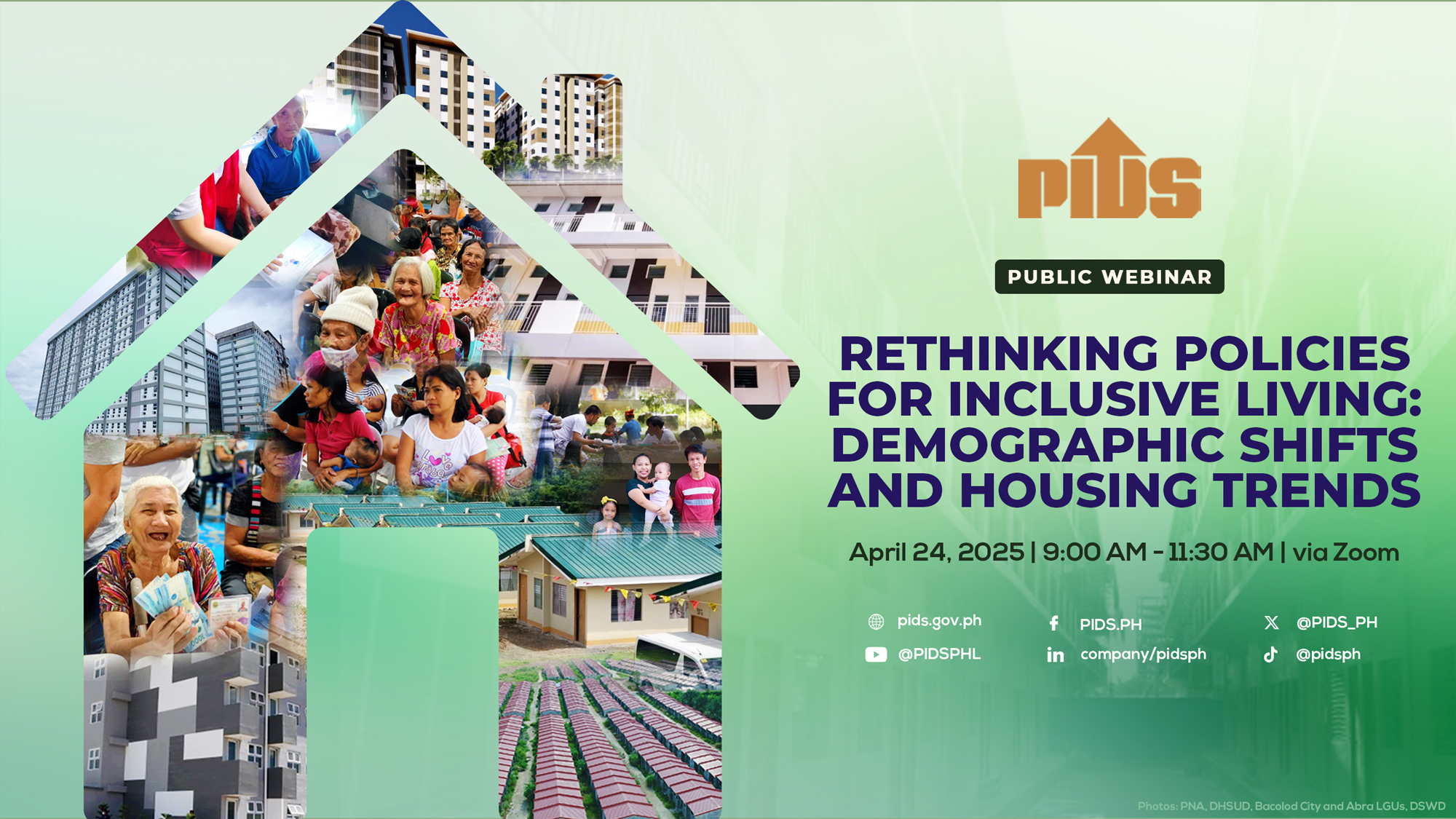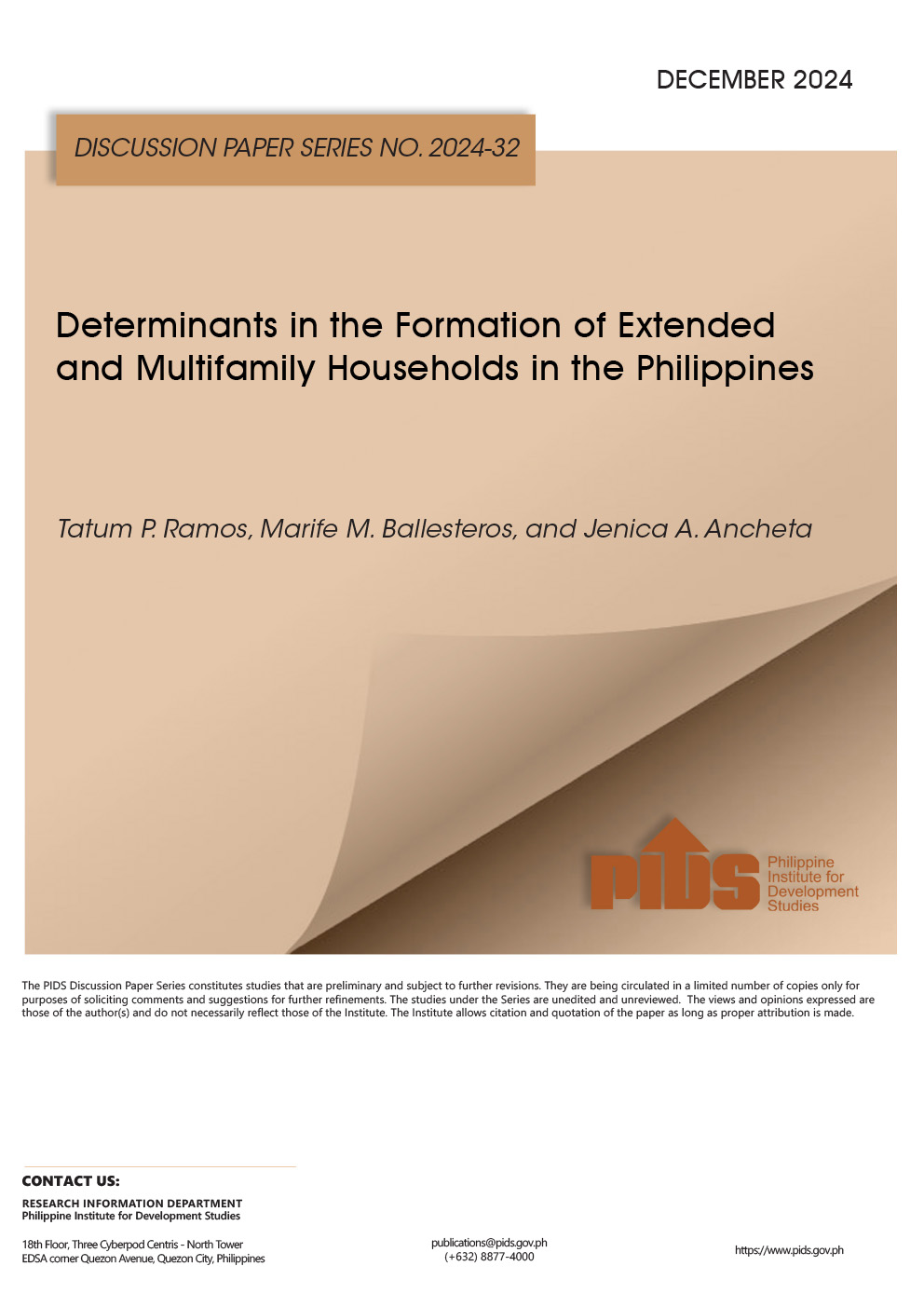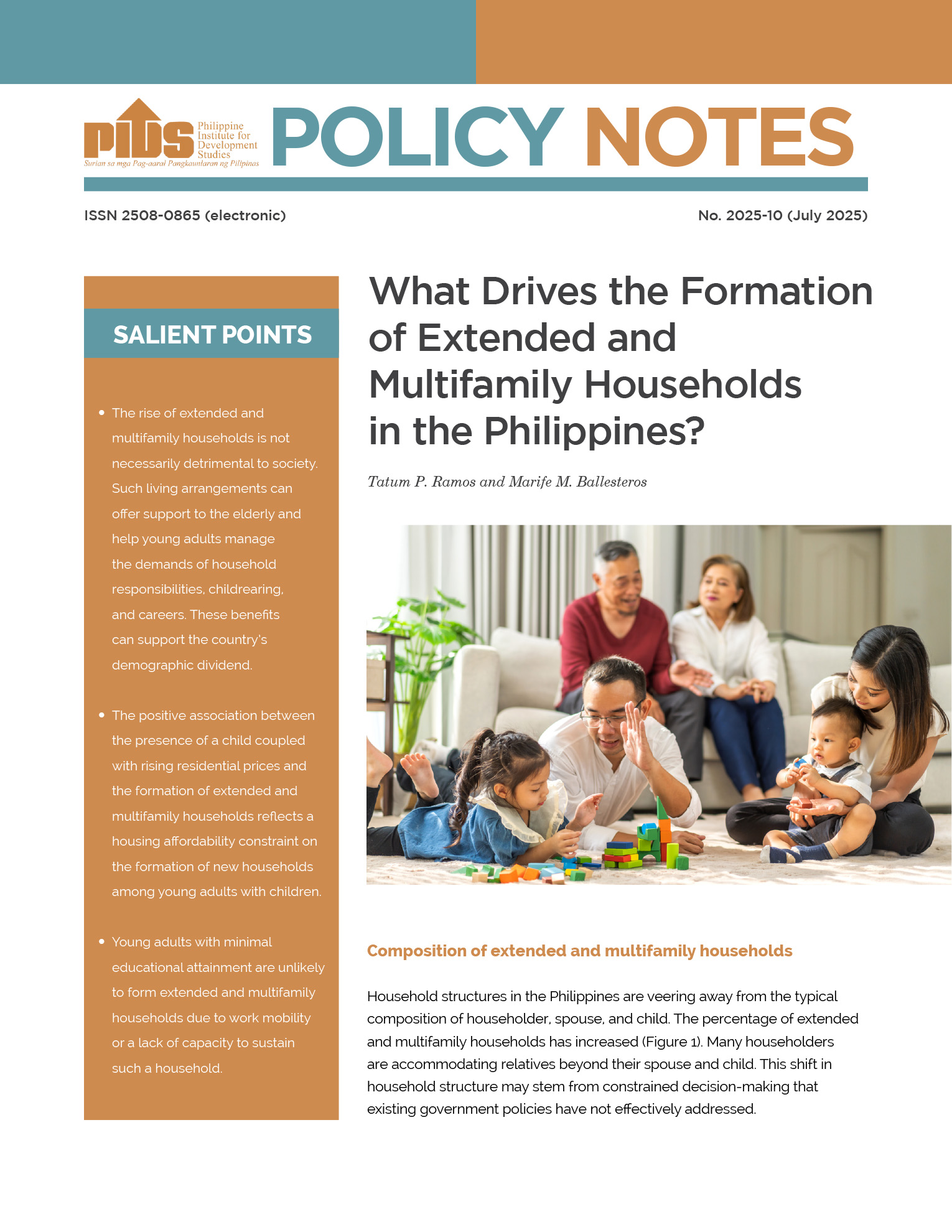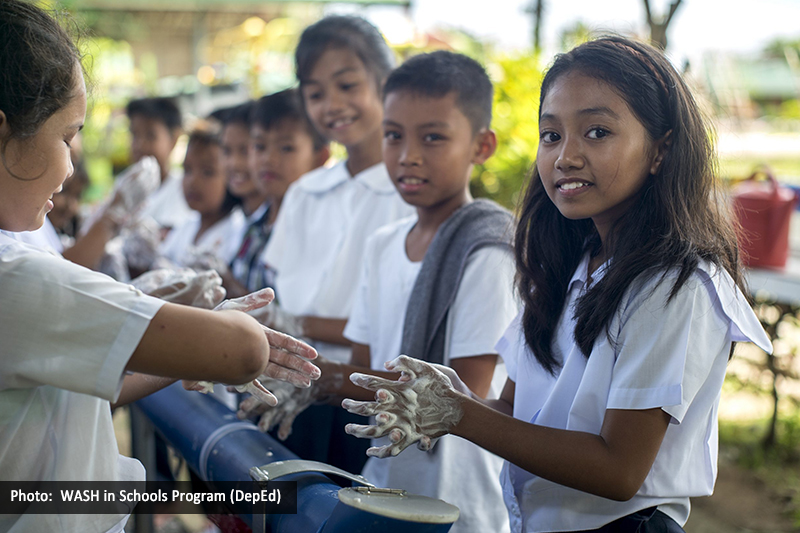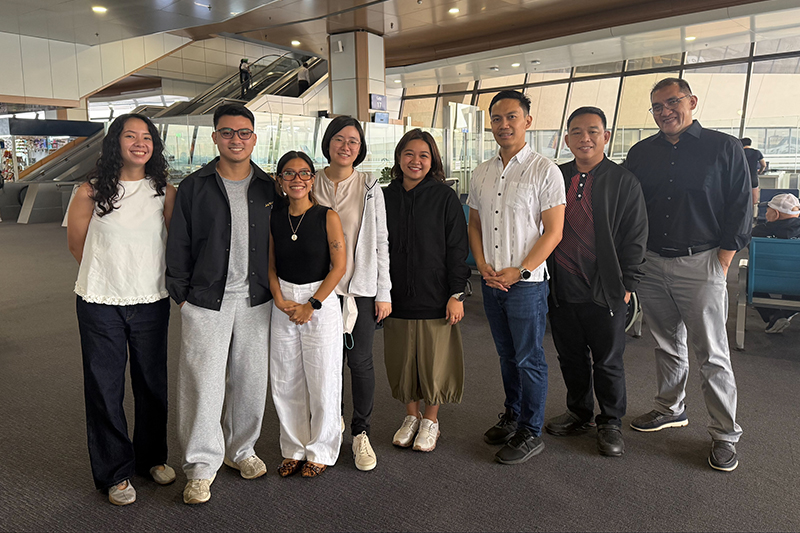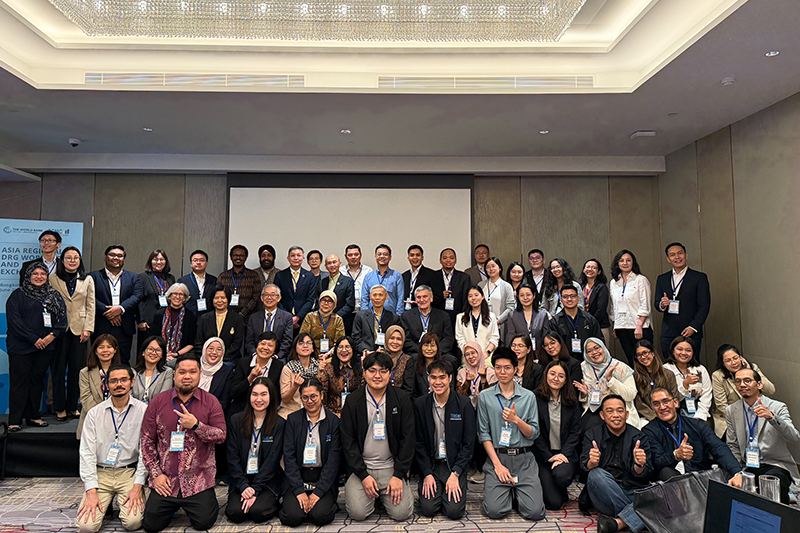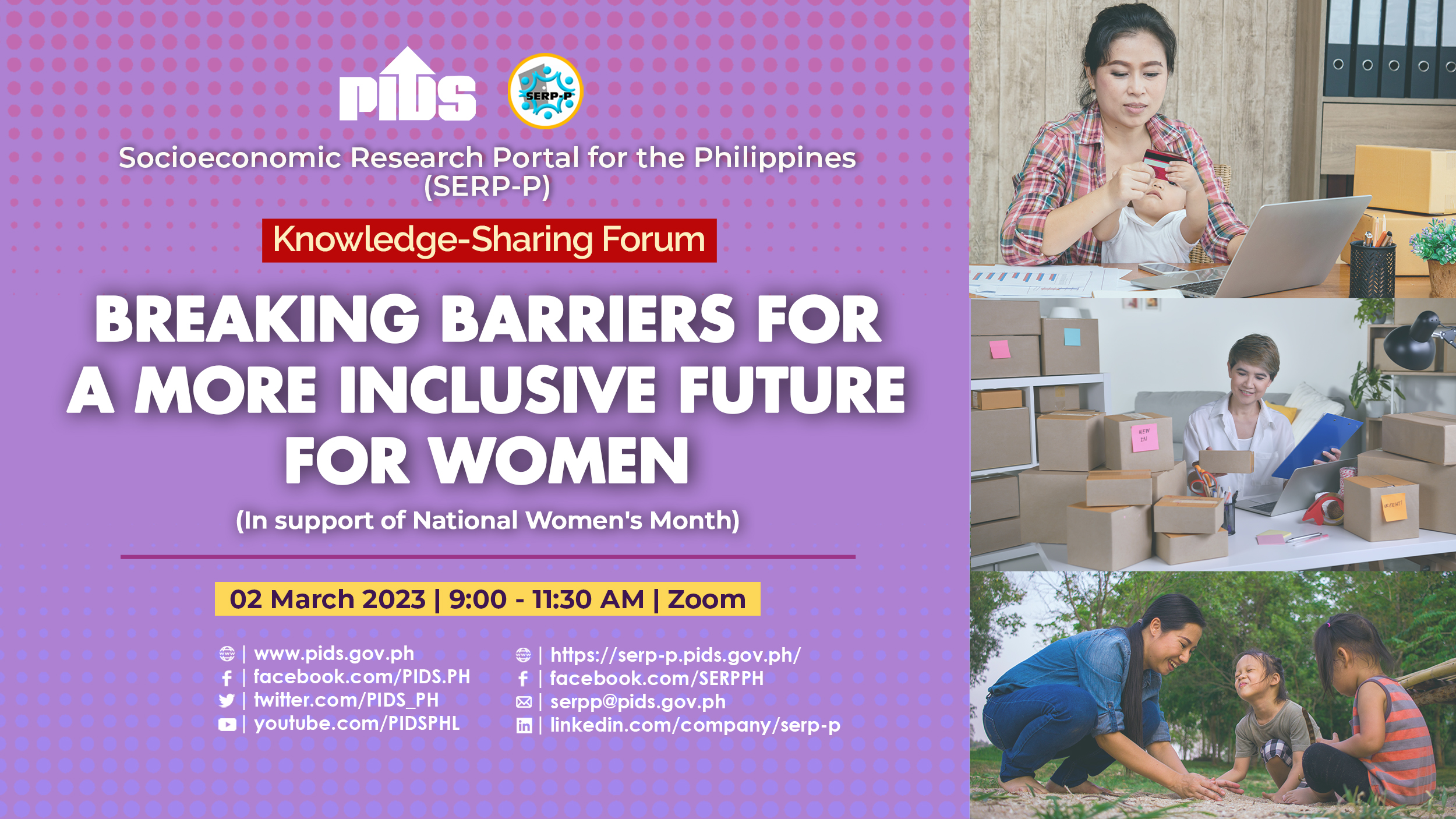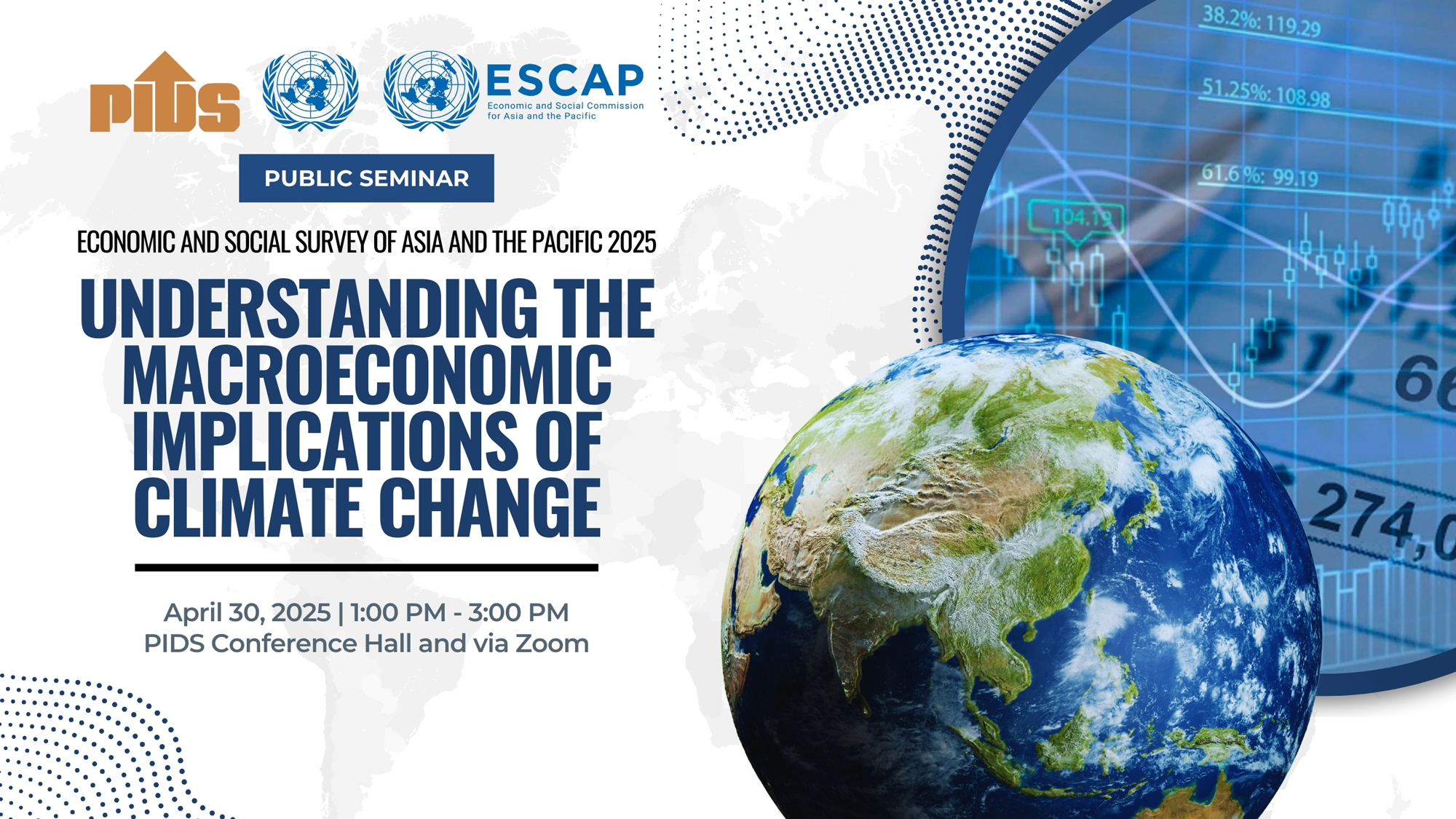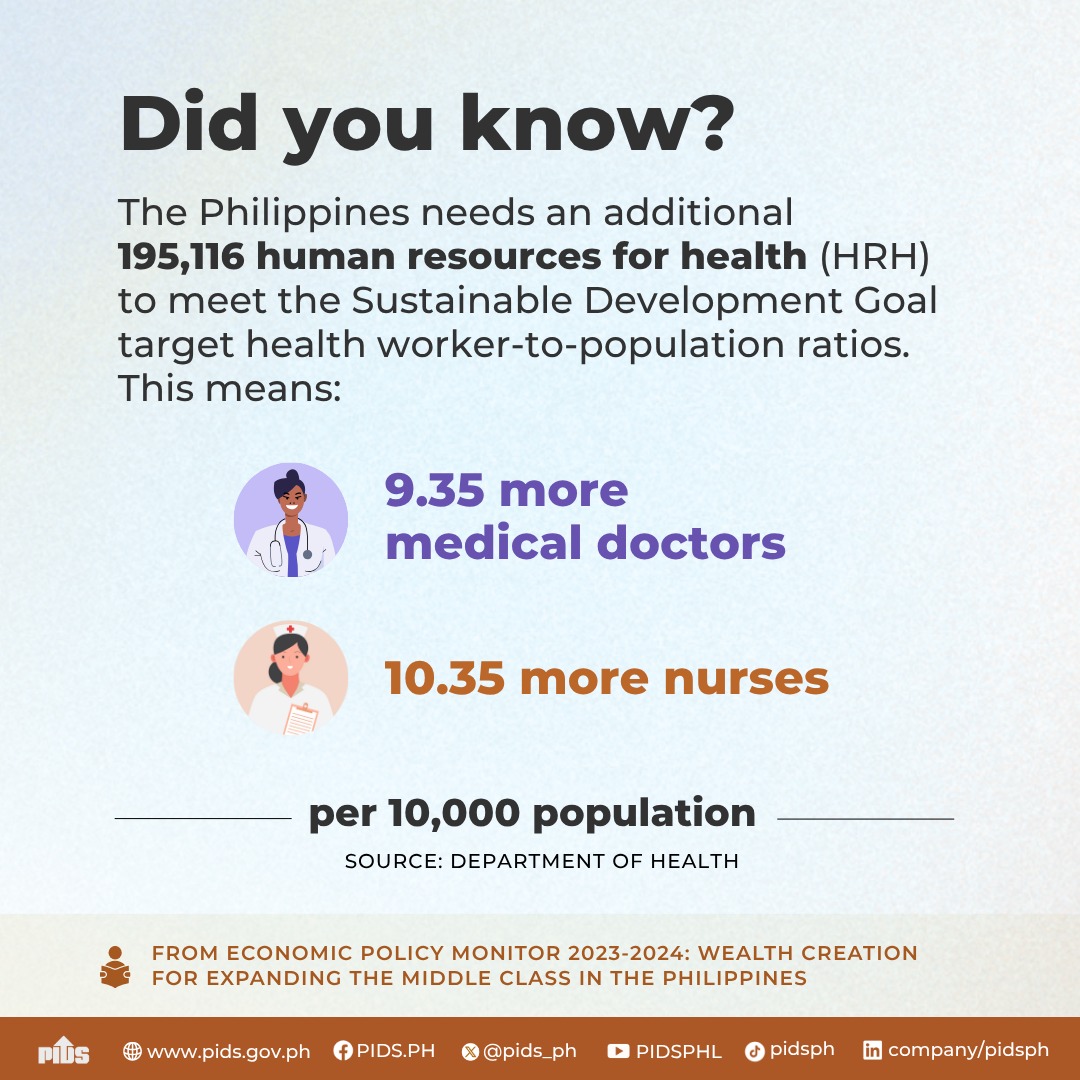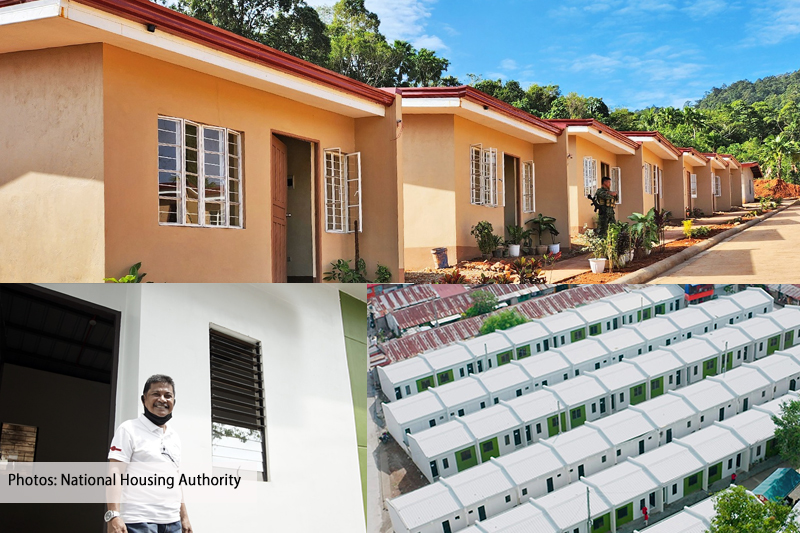
More than one in four Filipino households now live in extended or multifamily arrangements, a sign that traditional family structures are shifting – and current housing policies are not keeping up, experts warned in an April 24 webinar hosted by the Philippine Institute for Development Studies (PIDS).
PIDS Supervising Research Specialist Tatum Ramos revealed that 28.8 percent of households in the Philippines as of 2020 are no longer the traditional nuclear type.
“Households have been veering away from the typical composition of household head, spouse, and a child,” she explained, citing rising rates of cohabitation among relatives and the growing role of shared economic survival strategies in household formation.
Evolving Household Patterns as Adaptive Strategies
The PIDS study classifies extended and multifamily households according to kinship and co-residency patterns, ranging from families living with parents or siblings to combinations of relatives outside the immediate family nucleus.
While acknowledging the complexity of household arrangements, Ramos noted that financial support and housing costs appear to play a significant role.
“They have decided to join their relatives in a household to gain support in growing their own family or [to manage] living and housing expenses,” Ramos said.
Data from the study shows a significant link between wealth and the likelihood of living in extended households.
“On average, the difference in the probability of being in an extended and multifamily household given one unit increase in the wealth estimate is a 6.5 percentage point increase,” Ramos said.
Rather than viewing extended and multifamily households as problematic or symptomatic of poverty, Ramos argued that they represent adaptive social strategies.
An extended family set-up offers a resource-sharing opportunity and provides support for working young female adults who may not necessarily have the same amount of time for household management activities as before.
Housing Challenges for the Bottom 60 Percent
Dr. Mary Racelis, Professorial Lecturer at the University of the Philippines, called for disaggregated data that reflects realities on the ground.
She argued that housing policies must move beyond abstract models to address the lived experiences of the bottom 60 percent of the population—those who are underserved and priced out of formal housing markets.
“We should recognize that the informal settlers are not the problem, they are the solution,” Racelis said.
She further emphasized that informal settlers are not mere passive aid recipients.
“Housing is the community setting… where people are working, where they’re getting their income… where their alliances are,” she stressed.
For Racelis, this holistic understanding is essential in designing sustainable and inclusive housing plans that reflect real economic and social conditions.
Gaps in Financing and Access
Despite the wide membership of housing funds like Pag-IBIG, the uptake of government assistance for housing finance remains limited.
“Only four percent have government assistance as a financing source... considering that Pag-IBIG has 16 million members in 2024,” Department of Economy, Planning, and Development Social Development (DepDev) OIC-Chief Economic Development Specialist Kevin Godoy said.
He underscored the importance of transport infrastructure, suggesting that long commutes, rather than urban congestion alone, are a major barrier to homeownership and household formation.
A Need for National Rental Strategy
Godoy called for the urgent creation of a national rental housing program.
“We’re the only country in Southeast Asia that does not have a national program on public rental,” he stressed, noting how local governments have been left to experiment with rental solutions on their own in the absence of a national framework.
Meanwhile, Subdivision and Housing Developers Association Executive Director Santiago Ducay highlighted the importance of aligning housing plans with demographic realities.
He pointed to the need for segmenting target beneficiaries such as young professionals, the elderly, and middle-aged groups. “Each of these categories will have different concepts on sustainable housing,” Ducay observed.
Referencing the study’s warning that by 2040, the Philippines' demographic structure will resemble a tree rather than a pyramid, Ducay stressed the need for “forward-looking policies and programs towards the welfare of the elderly… not just normal vertical condominiums and subdivisions, but perhaps the establishment of retirement villages.”
Watch the forum playback at https://bit.ly/pidslive042425 or read the full study at https://bit.ly/pidsdp2024-26. — RTG

